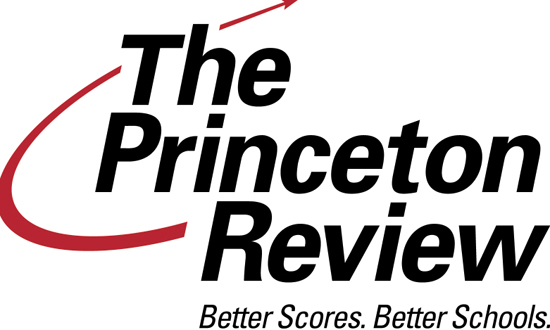LOS ANGELES—It’s that time of year again. For most high school students, Labor Day weekend marks the end of summer and the beginning of another grueling school year. For Juniors and Seniors, back-to-school is accompanied by an anxiety-filled rain cloud known as college applications. This rain cloud is filled with several time-consuming activities: essay writing, asking for letters of recommendations, maintaining a high GPA, acquiring transcripts, going to college fairs, and last but not least, taking the SAT. While many parents still remember filling out their college applications and taking the SAT, they never had to experience the same level of competition and pressure high school students are under these days.
Though applying to three or four schools was the norm only a generation ago, today the average college applicant is actually applying to as many as 10 schools. That’s 10 essays to write, 20 letters of recommendation to acquire, 10 transcripts to send off, 10 schools to thoroughly research and 10 sets of SAT scores to send off. Each and every portion of the application is then thoroughly reviewed by an admissions committee, and with fewer seats available to California residents due to recent budget cuts, the bar keeps getting higher and higher at many of the more affordable public institutions in California. If getting into college wasn’t hard enough, the battle for scholarships in order to pay for it can be even more competitive. High school students are literally being forced to compete with their fellow classmates in every aspect of their lives. Students are no longer deciding if they should take an AP class, instead they are deciding how many to take and enrolling in summer classes at the local community college. Discussions about passions and dreams are quickly being replaced by discussions about SAT and ACT prep courses as early as freshman year. The only solution to this phenomenon: START EARLY!
The first step towards success in both the college admissions and scholarship arenas is to pass the academic qualification portion of the application. This means before any essay or letter of recommendation is reviewed, a student must prove they are worthy of the admissions and/or scholarship committee’s time by impressing them with their transcripts and SAT or ACT scores. A high school transcript will show a student’s dedication and hunger for knowledge, where an SAT or ACT score will show a student’s performance as compared with every other high school student in the world. Because the SAT is only one test, and such a flawed and imperfect exam at that, most students find the easiest way to improve the application dramatically in a relatively short period of time is by taking an SAT preparation class or working with a tutor.
The Princeton Review, a leader in the test prep industry, advises students to start preparing for the SAT as early as the summer after their sophomore year. By starting early, a student can complete all of their heavy studying during a time frame where they don’t have any other engagements. By the end of the sophomore year, a student already has the fundamentals down. They’ve already taken Algebra I, Geometry and in many cases Algebra II in school. Once the building blocks are in place, the rest is all strategy and critical thinking skills.
The Princeton Review is an opportunity for students to gain an edge over the increasing competition that is part of today’s college experience.
To contact The Princeton Review go to princetonreview.com or call 800-2-REVIEW






